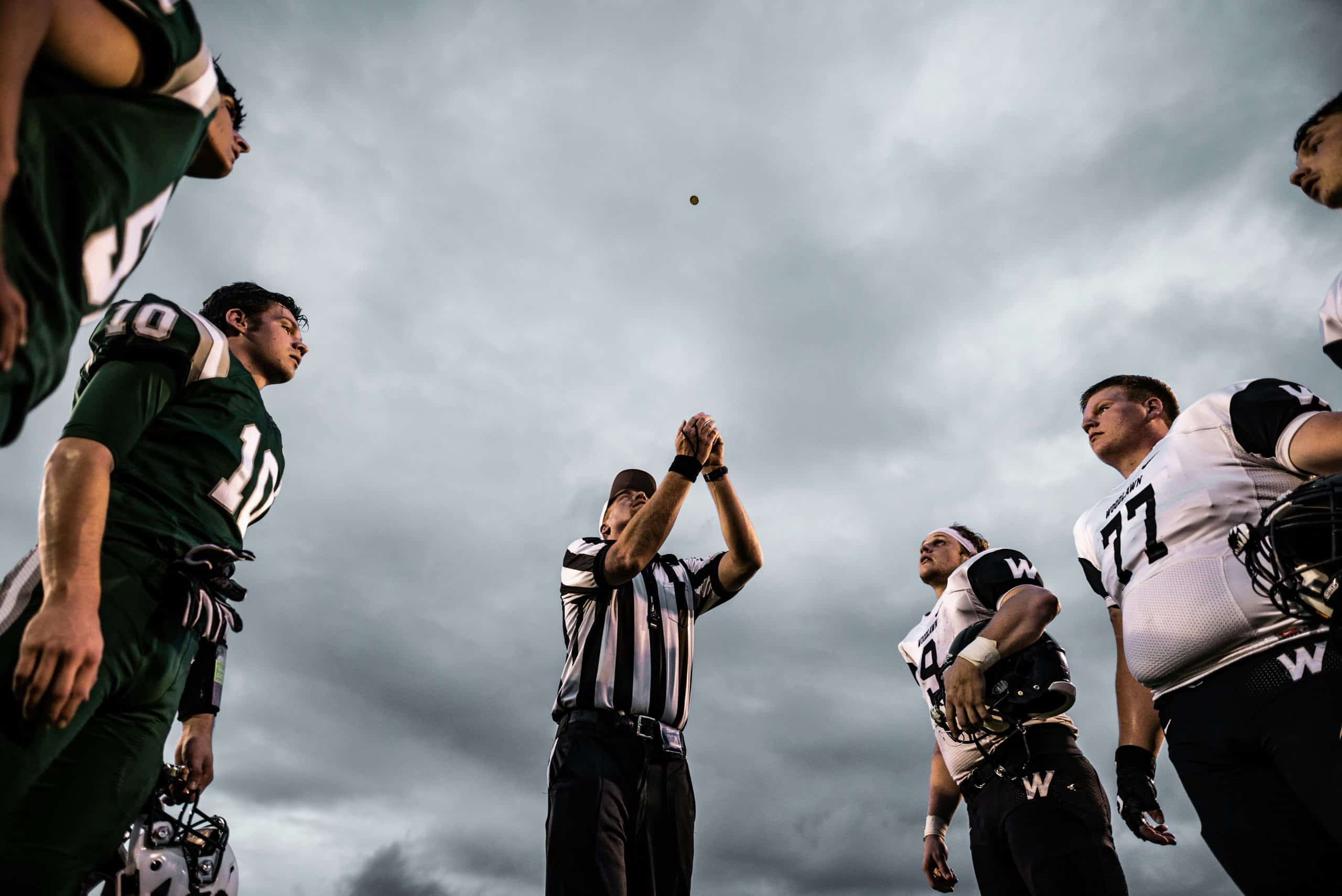The role of technology in refereeing and sports judging

From the clamorous stadiums of football to the serene courts of tennis, sports have become a global phenomenon. A key element in these sporting contests is the role of the referee. The referee’s decision can make the difference between victory and defeat, jubilation and despair. But how often have we seen controversial decisions, moments where the human eye and judgement have failed? This is where technology steps in. As the world becomes increasingly data-driven, sports too have embraced technology to aid referees in making more accurate decisions. This article delves into this intersection of technology and sports, particularly focussing on how it assists in refereeing and sports judging.
Hawkeye Technology: A New Eye for the Game
If you’re a tennis aficionado, you’ve undoubtedly heard of the Hawk-Eye system. This technology, developed by a British company, has revolutionized tennis by providing a new, more accurate "eye" for the game. Hawk-Eye is a complex network of high-performance cameras that track the ball’s trajectory and accurately predict its path.
Dans le meme genre : The psychology of sports fandom: beyond just watching the game
Before the advent of Hawk-Eye, referees and line judges relied solely on their eyesight and judgement to make crucial in-or-out calls. With players hitting the ball at high speeds, these decisions were often difficult and led to many contentious moments. But Hawk-Eye’s advanced tracking technology has allowed for the removal of much of this human error, offering almost infallible accuracy and leaving no room for doubt.
VAR: Technology-Assisted Decision Making in Football
The introduction of the Video Assistant Referee (VAR) system in football has been one of the most significant technological advancements in the sport. The system, which relies on video replay technology, has dramatically altered the way football matches are officiated. This technology allows referees to review decisions made during a match with the help of video footage.
A lire aussi : Unveil your next catch with the tackle mystery box
Before VAR, referees had to make split-second decisions based only on their view of the play. These decisions, made under immense pressure, were prone to human error. But with VAR, referees can review plays from multiple angles, slowing down the footage to make more accurate decisions. This technology has allowed for a more just game, where decisions are based on clear, irrefutable evidence rather than a referee’s split-second view of a play.
Crossref Technology: Ensuring Fair Play in Sports
Crossref is a system that has made its mark in the world of sports, especially in games where the accuracy of a player’s position is crucial. This technology provides a precise, data-backed representation of a player’s location on the field, helping referees make more accurate decisions.
In the heat of a game, it can be challenging for a referee to accurately judge if a player is offside or if a ball has crossed the line. Crossref uses a network of sensors and cameras to track players and the ball, providing reliable data that referees can use to make decisions. This technology not only helps to ensure a fairer game but also reduces the pressure on referees, allowing them to focus on maintaining the flow and spirit of the match.
Data Analysis: The New Frontier in Sports Refereeing
Data analysis has emerged as a new frontier in sports refereeing. With the rise of big data and analytics, sports organizations are increasingly using data to aid referees in decision making. Referees can use this data to analyze and review decisions, identify patterns, and even predict player behaviour.
For example, consider a football match. With the help of data analysis, a referee can review a contentious decision, analyzing player positions, ball trajectory, player behaviour, and other relevant data. This data-driven approach not only increases the accuracy of decisions but also provides referees with valuable insights, allowing them to anticipate plays and make better decisions.
The Human Element: Unchanging Amidst Technological Advancements
Despite all these technological advancements, the human element in sports refereeing remains essential. A referee’s role is not just about making decisions; it’s about managing the game, maintaining discipline, and ensuring fair play. While technology can aid decision-making, it cannot replicate these human aspects.
Though technology has brought about unprecedented accuracy in decision-making, it’s crucial to remember that sports are about more than just accuracy. They’re about passion, emotion, and the human spirit. While we embrace technology’s role in aiding referees, it’s essential to ensure that it doesn’t overshadow the human element, the very essence of sports.
Artificial Intelligence and Machine Learning: The Future of Refereeing Decisions
Artificial Intelligence (AI) and machine learning are the next frontier in sports technology. They have the potential to revolutionize the way referee decisions are made. Utilizing deep learning algorithms, AI can analyze multiple data points in real time, providing referees with a comprehensive overview of the game.
Consider an AI system capable of evaluating a player’s performance in real time. It could assess factors like speed, direction of movement, and ball contact, providing data that can assist in decision making. This could be particularly useful in determining fouls, as the AI system could identify aggressive or unsporting behavior that might go unnoticed by human referees.
Machine learning, a subset of AI, has immense potential in predicting player behavior. By analyzing past performances, machine learning algorithms can identify patterns and predict likely actions. This predictive ability could be invaluable in preventing contentious situations in a game, as referees could anticipate and address potential issues before they erupt.
Moreover, universities like Manchester University are actively exploring the application of AI and machine learning in sports through their Sports Technology Research Group. Their research could soon pave the way for AI-assisted referees to become a common sight in sports arenas.
However, it’s important to understand that AI and machine learning are tools to aid referees, not replace them. The decision-making process in sports is complex and involves not just technical knowledge but also a deep understanding of the game and its spirit. Therefore, the role of the human referee will always be paramount, even as technology continues to evolve.
Conclusion: Striking a Balance between Technology and the Human Element
As we have seen, technology has profoundly impacted sports, particularly in the realm of refereeing. Systems like Hawk-Eye, VAR, Crossref, and the emerging fields of AI and machine learning have brought about a revolution in the sports industry, allowing for increased accuracy and fairness in refereeing decisions.
However, amid this wave of technological innovation, the role of the human referee remains vital. The use of technology in sports should be guided by the principle of aiding, not replacing, human judgement. A referee’s understanding and interpretation of the game, their ability to manage players and maintain discipline, are aspects that technology can’t replicate.
Furthermore, sports are as much about passion, emotion, and the human spirit as they are about precision and accuracy. Therefore, the integration of technology should not overshadow these essential elements. As the sports industry continues to embrace technology, it’s crucial to strike a balance between technological advancements and the human element.
The potential of technology in transforming sports refereeing is immense. However, this transformation should be guided by the objective of enhancing the game rather than dominating it. Technology should serve as an aid, a third umpire, augmenting human judgement rather than replacing it. By striking this balance, technology can play a significant role in taking the sports industry into a new era of fairness, accuracy, and excitement.
As we look towards the future, one thing is certain: the role of technology in sports is an exciting and ever-evolving field, open access to all innovators. The goal should always be to improve the game for everyone – the players, the referees, and the fans.
